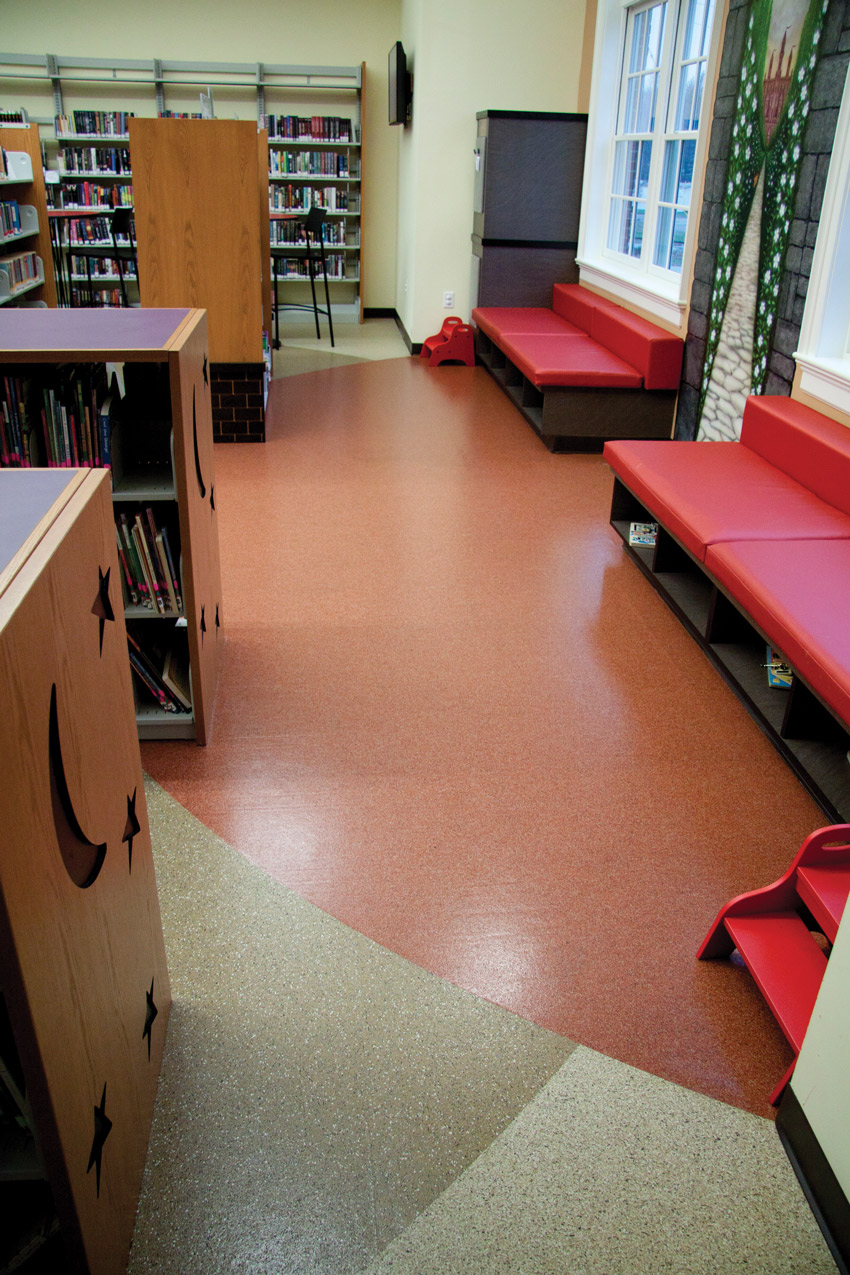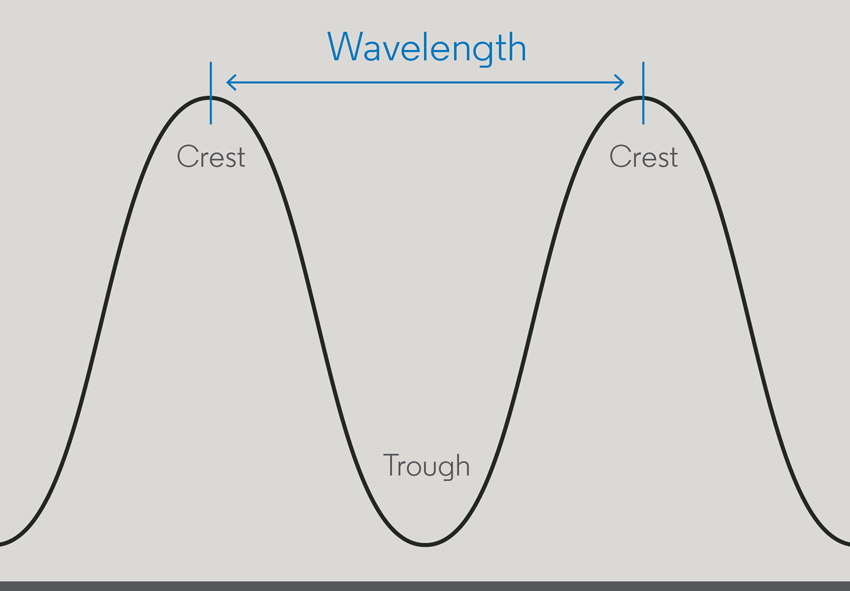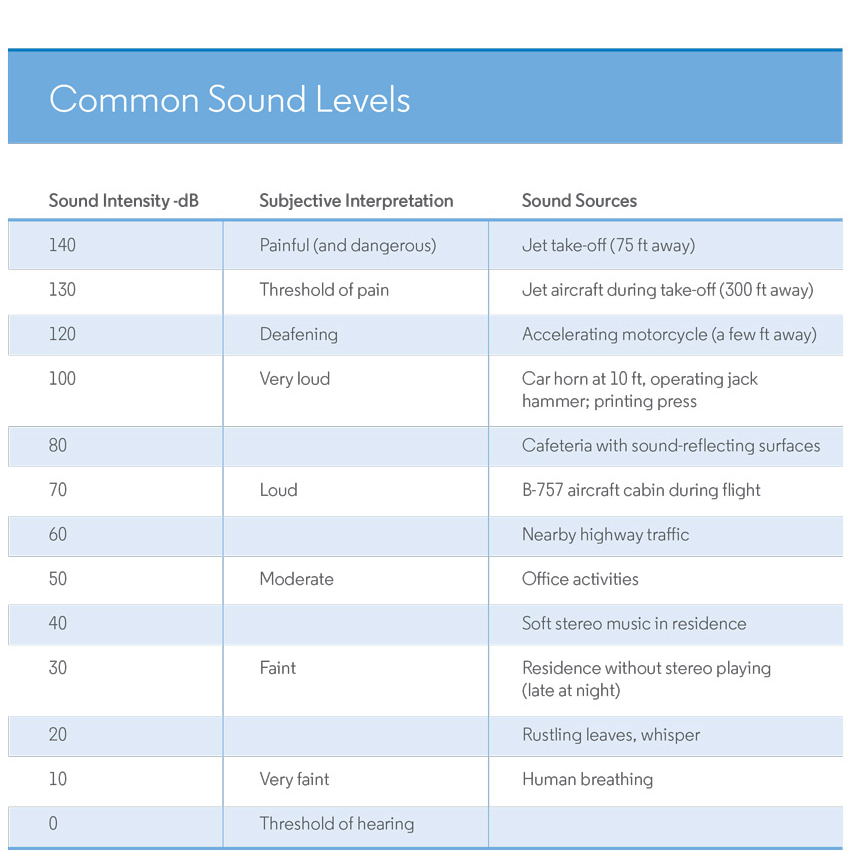Flooring Design with Acoustics in Mind
Learning Objectives:
- Recognize the possible acoustic problems presented as design trends move away from carpet to smooth surfaces for aesthetic and performance reasons.
- Identify what designers and architects need to know when specifying flooring that provides an acoustic solution. Define important terms and acoustic ratings.
- Examine specific problems in creating good acoustics for different applications, including health care, education, multifamily, hospitality, and fitness.
- Compare products and technology available to create acoustic solutions that meet demand for style and design versatility, as well as other important performance criteria, such as safety, ergonomics, hygiene, and sustainability.
Credits:
This course is approved as a Structured Course
This course can be self-reported to the AANB, as per their CE Guidelines
Approved for structured learning
Approved for Core Learning
This course can be self-reported to the NLAA
Course may qualify for Learning Hours with NWTAA
Course eligible for OAA Learning Hours
This course is approved as a core course
This course can be self-reported for Learning Units to the Architectural Institute of British Columbia
If you’ve ever been to a trendy new restaurant but found you couldn’t quite enjoy the beautiful decor and great food because you couldn’t hear your companions, then you understand the power of noise to distract and annoy. In many spaces, such as classrooms or hospital rooms, the stakes for poor acoustics are much higher. In fact, noise has a proven, direct impact on human health, comfort, and performance. Effective acoustic design should be a fundamental requirement of almost every space. Yet many of the most cost-effective and beneficial measures are often overlooked, misunderstood, and underutilized.

All images courtesy of Ecore International
Pendleton County Library in Falmouth, Kentucky, features 4,000 square feet of performance rubber surfacing, which the architect specified instead of carpet.
It is true that the science of acoustics is highly developed, and for many spaces the analysis may be quite complex, involving teams that include not only architects and interior designers but structural engineers, acoustic engineers, and product technical experts as well. However, there is crucial, yet basic acoustic information that every designer should know in order to ask the right questions, work effectively with the rest of the team, and demand the right kind of research, data, and support from product suppliers.
Most important, a thorough grounding in the basics of how materials affect sound in spaces can open a new range of opportunities for creative design solutions.
This course will look at some of the ways designers have used flooring in their projects to achieve effective acoustic solutions in challenging spaces.
These are some of the questions we will consider:
- What do the many standards, ratings, and acronyms such as NRC, IIC, and STC mean?
- What impact should those numbers have on the design of the flooring in an actual space?
- What are the right questions to ask when comparing the acoustic “numbers” on different products?
- Should all spaces get the same kind of solution, and if not, where can a designer find the best approach for a high-performing floor?
- What does “performance” mean for a floor?
- What should I expect from the rest of the design team, including engineers, experts and product suppliers?
- If we pull out all this carpet and replace it with a beautiful smooth surface, it’s going to look a lot better. Isn’t that all that matters?
Sound Basics
Sound is vibration. Soundwaves travel from the source of the sound to your ear. Different sounds vibrate with waves of different lengths. Wavelength is measured as the distance from crest to crest within the soundwave (Figure 2). The wavelength of a sound relates to its frequency, measured in Hertz (hz), basically how “frequently” it vibrates. Sounds with shorter wavelengths have higher frequencies. Longer, slower wavelengths correspond to lower frequencies. Sound can also be measured by intensity, the sound pressure level, measured in decibels (dB), which we perceive as relative loudness.
Figure 2: Illustration of Wavelength

Mainly we think of soundwaves in a room as traveling through the air, but they are also interacting with the building’s materials, like the walls, ceilings, and floors. Depending on the materials and characteristics of the room, soundwaves are being absorbed or reflected or they are passing through to adjacent spaces. The soundwaves can also cause the materials themselves to vibrate, another way of transmitting the sound from room to room.
There are, of course, countless sources of audible vibrations around us all the time. The human ear can distinguish an extremely wide range of sound, from leaf rustle to leaf blower and beyond. In terms of frequency, most human speech is in the range of 125 to 4,000 Hz, but humans can perceive frequencies from about 20 Hz to 20,000 Hz.
We are also surrounded by sounds at wildly varying levels of loudness. That leaf might be rustling at 10 dB while the leaf blower might be operating at 90 dB. Serious pain and damage can start at about 100 dB. Decibels are measured on a logarithmic scale (like earthquakes and tornadoes). Every increase in 3 dB actually doubles the measured sound intensity. But it takes an increase of 10 dB to be perceived by the human ear as doubling the sound.
This may seem to be a technical point, but it has practical importance too. It is useful to know that a noisy room at 60 dB is much more than twice as loud as a quiet room at 30 dB. In fact, 33 dB has twice the intensity as 30 dB, and 40 dB will seem twice as loud to people in the room. Small differences in measured sound levels can make a big difference in perceived loudness.
The amazing sensitivity of the human ear makes it very vulnerable to noise. But music and conversation and unbearable noise are all made up of waves moving in space, so how are physical materials in a room supposed to tell the difference?
Figure 3: Common Sound Levels

















